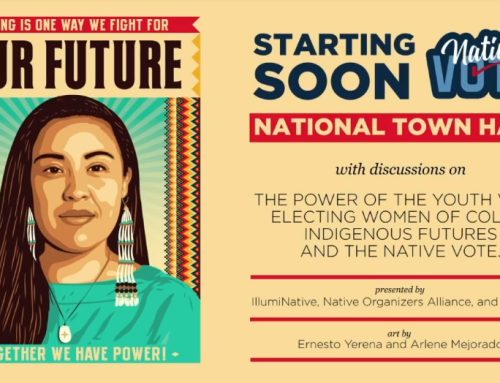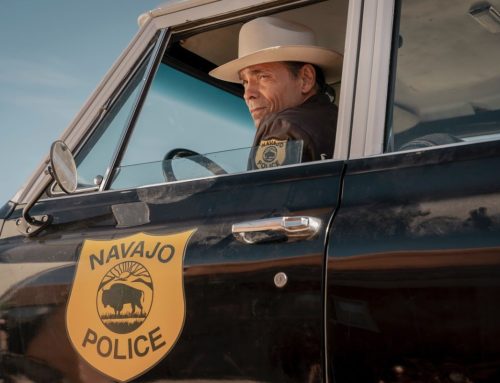
The California Valley Miwok Tribe, in partnership with the “Save Our Water” public education program, has acquired the following water conserving information to share with our readers.
HELP SAVE CALIFORNIA’S WATER
Our state is facing severe water challenges, and many communities and ecosystems are suffering as a result. Environmental problems, the pressures of a growing population and the effects of climate change are making it extremely difficult to keep water flowing reliably to our economy, our environment, our farms and our communities. State and local water managers are working on long-term solutions, including investments in our water infrastructure. But in the meantime, California needs every drop of water it can get, which is why we all need to do more to conserve water. Doing everything we can to save water today will go a long way toward helping our water supply situation while we move ahead with the necessary long-term fixes.
The good news is that it’s not difficult to save water in our daily lives. Just as Californians have embraced compact-fluorescent light bulbs and recycling, we can adopt habits to reduce our water use inside and outside our homes on a daily basis. As we have seen with energy conservation, small changes in our daily habits can make a big difference for California. In 2009, the California Department of Water Resources joined with the Association of California Water Agencies—450 public water agencies throughout the state—to form a statewide conservation and education program called “Save Our Water”. This effort is aimed at helping Californians learn about our water challenges and ways to save water inside and outside our homes.
For example, did you know that the typical Californian uses much more water outdoors than indoors? Watering the lawn, washing cars and cleaning off the driveway and patio use much more water than you might think. Simple changes to our behavior, such as watering only when your landscape needs it or using a broom instead of the hose on the driveway, can add up to big water savings for the state.
For more information about how to conserve water or about the “Save Our Water” public education program, please visit www.saveourH2O.org.






